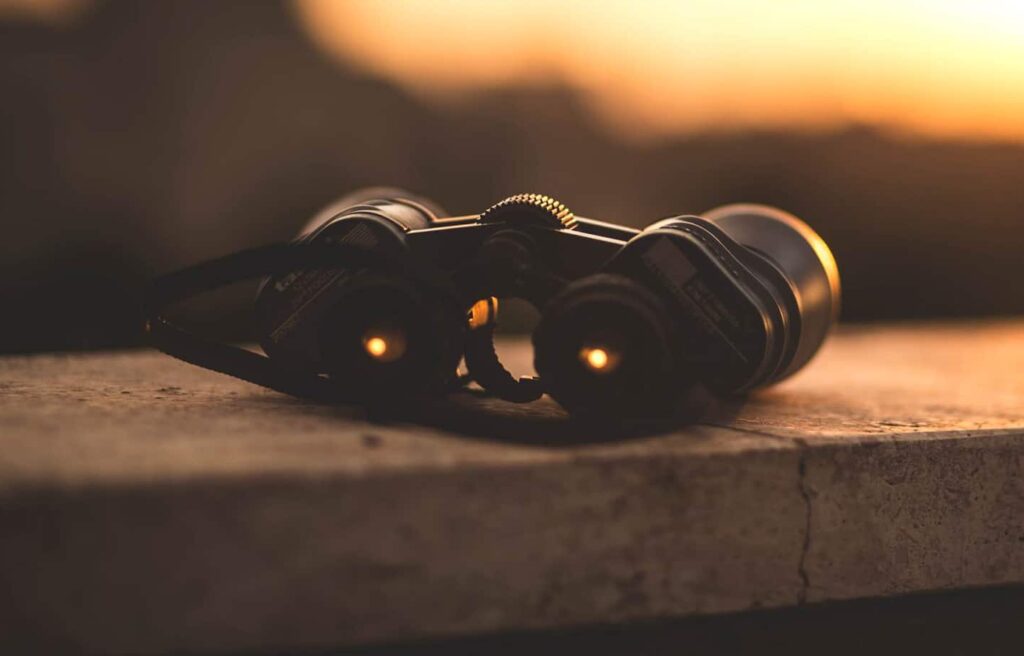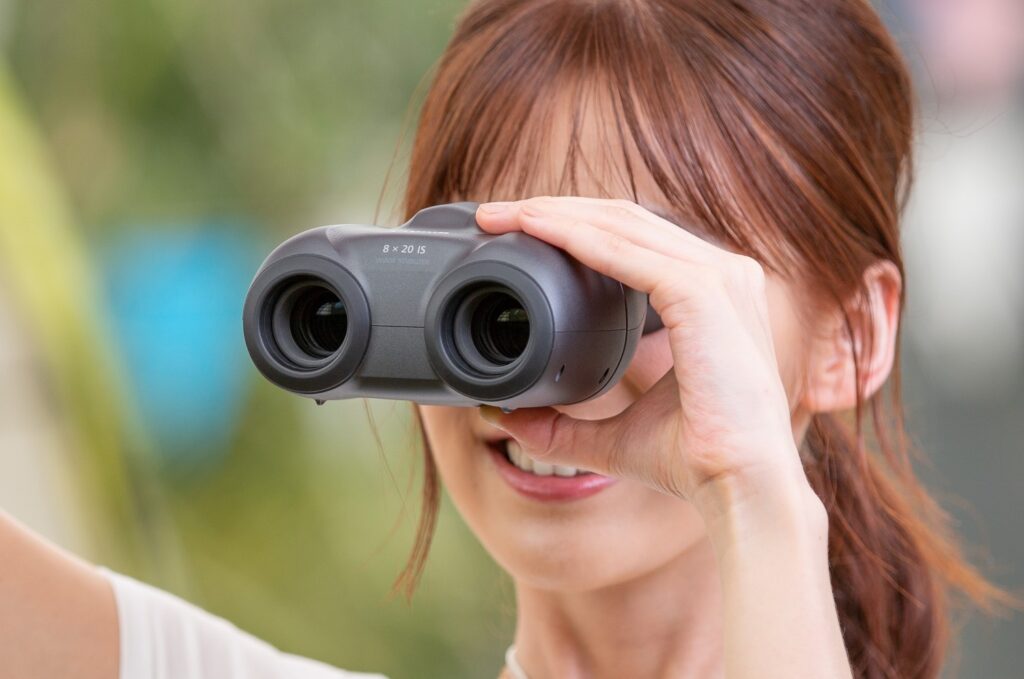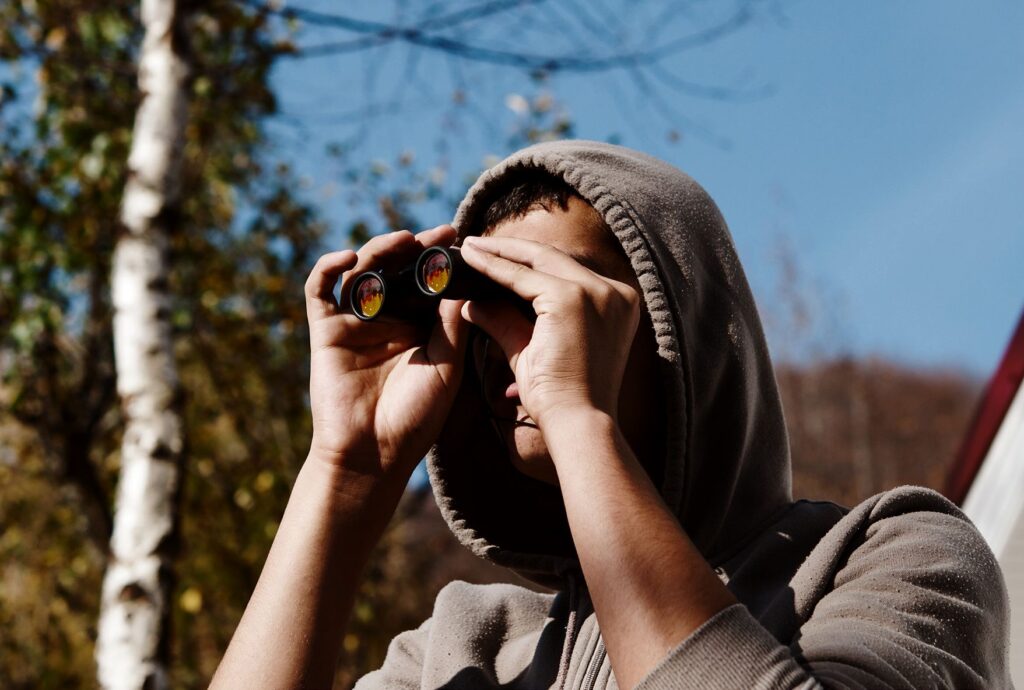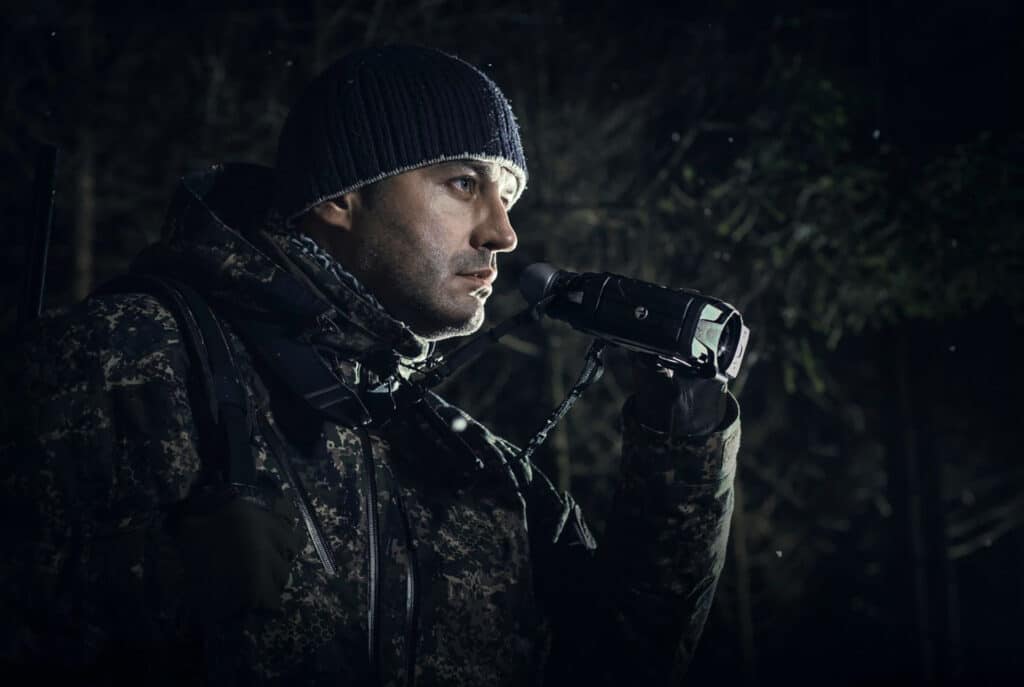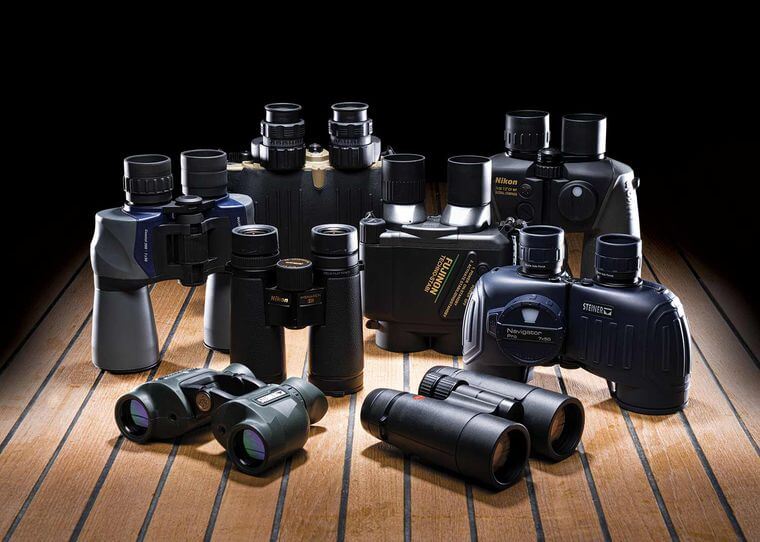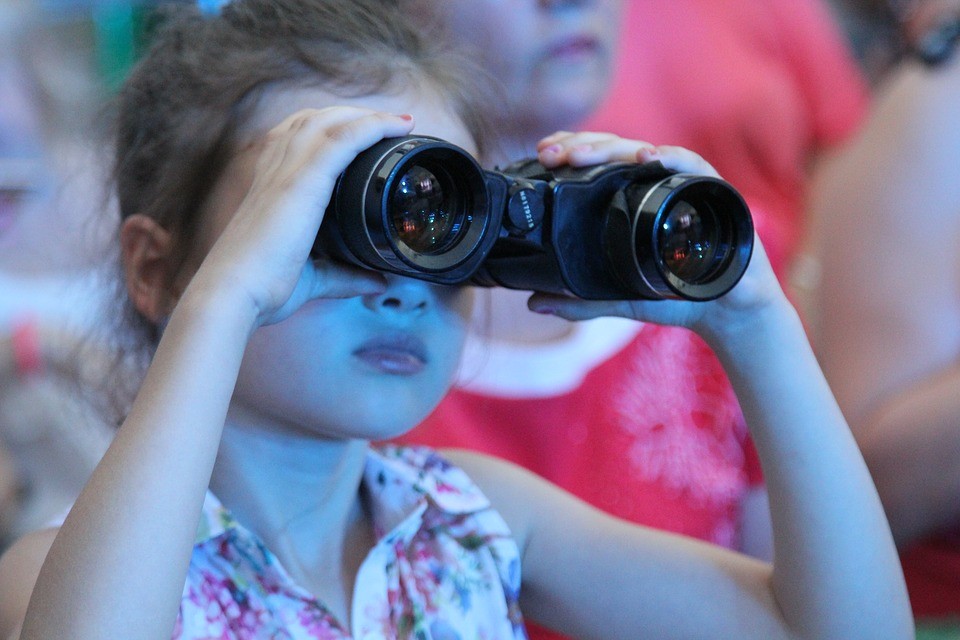

8×42 or 10×42? This has always been the raging comparability when choosing two of the most popular personal binoculars around the globe. The 8×42 vs. 10×42 debate has been raging for years, and to date, binocular users have never really come to an agreement on which of the two sets is better.
However, one sure thing is that the two binoculars are unarguably among the very best binoculars that users can get for most situations. They are both similar and offer that nice portability and ease of traveling those bigger variations lack. Also, they are great for both leisure and professional purposes. However, despite all of these similarities and advantages that these two binocular sets offer, they are quite different, and there are situations where one fits better than the other.
While most people would say that the 10×42 offers better magnification, this does not make it significantly better than the 8X42, and this article will reveal this fact. With step-by-step analysis of both binoculars’ features, benefits and disadvantages, users will know the exact variation to go for depending on the situation or circumstance.
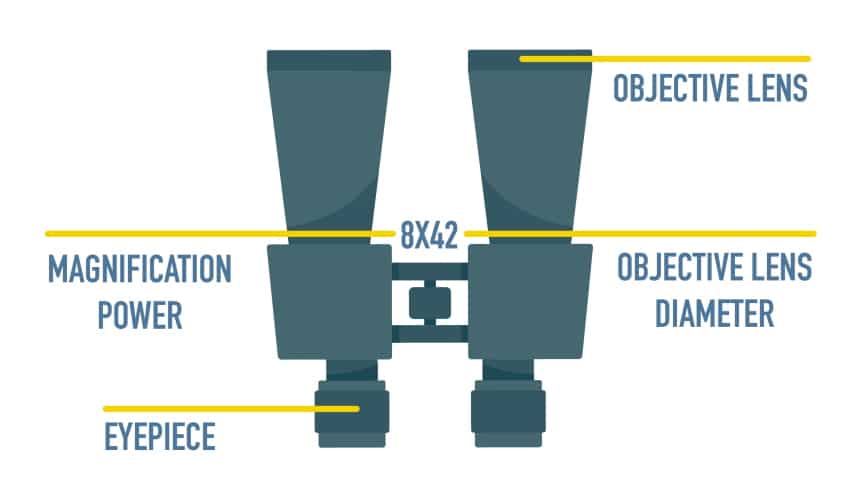
If you are new to binoculars and thinking of the right Binocular to buy between the 8×42 and 10×42 binocular, your first concern shouldn’t be about which is better. You should instead focus on their respective features and what they offer. Binoculars usually have terms with which certain features are highlighted, and the section will consider the major ones in terms of how they highlight the pros and cons of the 8×42 binocular and the 10×42 binocular.
Generally, the first consideration of a binocular is its size, and they usually come in two numbers. An example is the 8×42 and the 10×42. These are the size of variations. However, each number in the sides of the X’s of both binoculars stands for different terms. The first number before the X’s, which is the (8 and 10), are known as the magnifications of the lenses. The other number after the X’s (42 and 42) shows the diameter of the lenses. Other important features of the binoculars include the objective lens at the front of all binoculars and the eyepiece where you place your eyes when looking into the binocular.
Understanding the magnification feature of Binoculars is extremely important and is the main determinant when it comes to people choosing the 8×42 binoculars or the 10×42 binoculars. While it is commonly agreed that the 8×42 and 10×42 are among some of the great binoculars that people can get, the major difference between the two of them is their magnification experience.
The 10×42 generally makes objects look bigger than the 8×42, but that also means that it requires greater hand stability as shaking can have bigger consequences.
The lens size is the diameter of the front lens, and as already stated, it Is 42mm for the two lenses considered. The lens diameter is a very important feature for binoculars, and the bigger it is, the better the view. It is not responsible for magnifying the target object or distance being viewed, but it makes the magnified object clearer. A bigger lens allows more sun rays, and this makes viewing much better.
However, bigger diameters do not always mean all the positives as it only means a bigger binocular in general. Bigger binoculars are heavier, more difficult to carry for hunting, concerts, sightseeing, and simple travels. They are generally meant for a more professional or career-influenced purpose. This makes them less popular, and if you as a buyer want a binocular for sightseeing or that you can easily manage by yourself without stress, then the 42mm binocular is always the go for option.
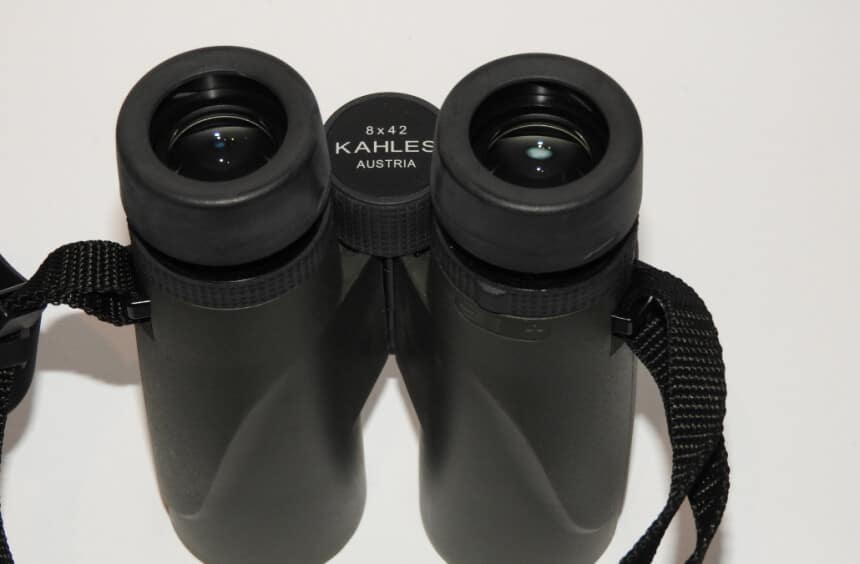
While at first impression, the 10×42 may seem like a better viewing option, this opinion quickly changes with the features of this binocular. This section will highlight the features, pros, and cons of the 8×24 binocular and why it is a great option to consider depending on your situation.
Given the explanation of magnification already, it is obvious that the 8×42 is inferior to the 10×42 in spotting objects that are far away. With the 8×42, you will be able to spot a faraway object 8 times as big as your ordinary eyes would have been able to. The magnification difference between both binoculars is not exactly much, and you will be able to get a great view when the object detail is not too far away. However, the 8×42 s is limited for seeing objects with a lot of distances. The object may be extremely sketchy, and the details difficult to see.
The good thing, though, is that you can zoom in, but of course, zooming in makes the movement of the hands highly magnified. This means in the instance the 8×42 gets zoomed to give the same picture as the 10×42, unsteady movements will make it difficult for you to close in on the details. Hence the 10×42 offers a better advantage due to its extra magnification feature.
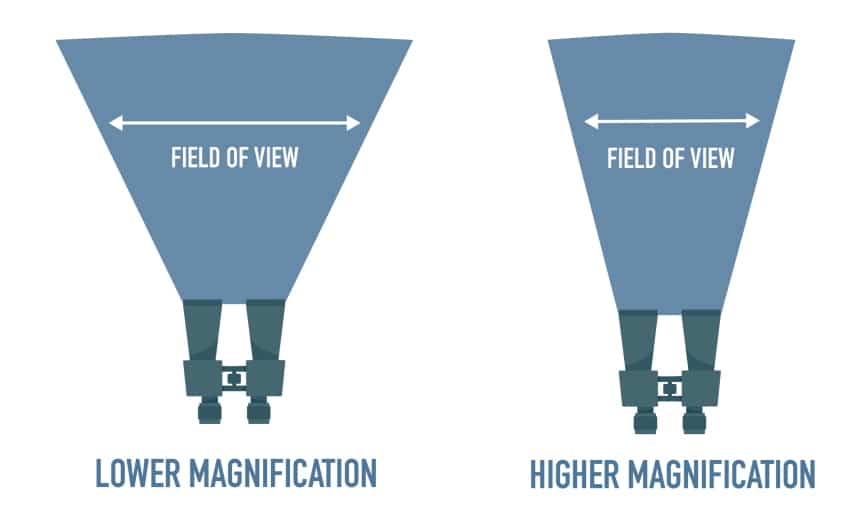
The field of view in a binocular means everything that the binocular can capture at a certain point. When fixed on a target, the surroundings around it that get captured is known as the field of view.
While the 8×42 may be limited in magnifying details, it compensates for that with its better field of view. This rule is general with binoculars as the bigger magnifying glasses will give a lesser field of view compared to smaller magnifying glasses as long as the lenses diameter of the compared variations is the same.
Even if you are looking for a binocular for leisure purposes, the 8X42 stands among the best you can get when the field of view is considered.
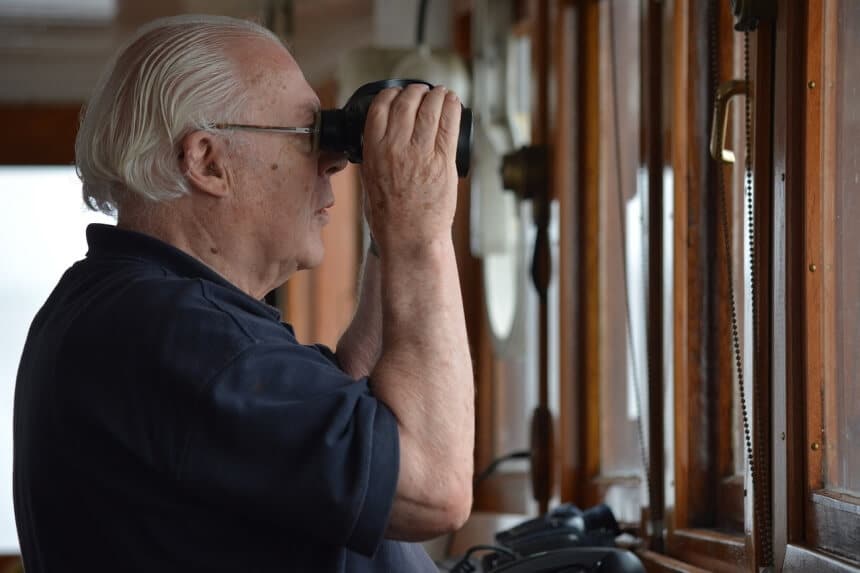
Generally, the eye relief factor is not a major consideration for people who view with their eyes and don’t wear glasses. However, for glasses wearers, the relief enjoyed in 8×42 is not the same as that of 10×42.
Generally, the longer the eye relief offered by a binocular, the better the view. The 8×42 offers a longer relief than the 10×42. For glass wear, the former would naturally be the better option to go for. Like the longer the distance of the eyepiece from the glasses, the more accurate and clearer the view.
A consideration when getting the 8×42 is how it adapts to twilight when lighting starts to become insufficient. Usually, you may not need to compare both binoculars (8×42 and 10×42) in terms of their viewing effects during the day but if you need them at twilight, then how they adapt to fading light is extremely popular.
All binoculars function differently in adapting to twilight, and the 8×42 is no different in this respect. The 8×42 binocular has a feature known as the exit pupil and is a small circle in the front of the lenses. The exit pupil is extremely important as the bigger it is, the better your view will be at night compared to your pupil.
Generally, for an 8×42 binocular, the exit pupil is 5.3mm and can be gotten by simply dividing the lenses diameter (42) by the magnification size (8). That exit pupil of the 10×2 is 4.2m and smaller than that of the 8×42. This makes the 8×42 better at dimming light.
This section highlights the pros and cons of the 8×42
Pros
Cons
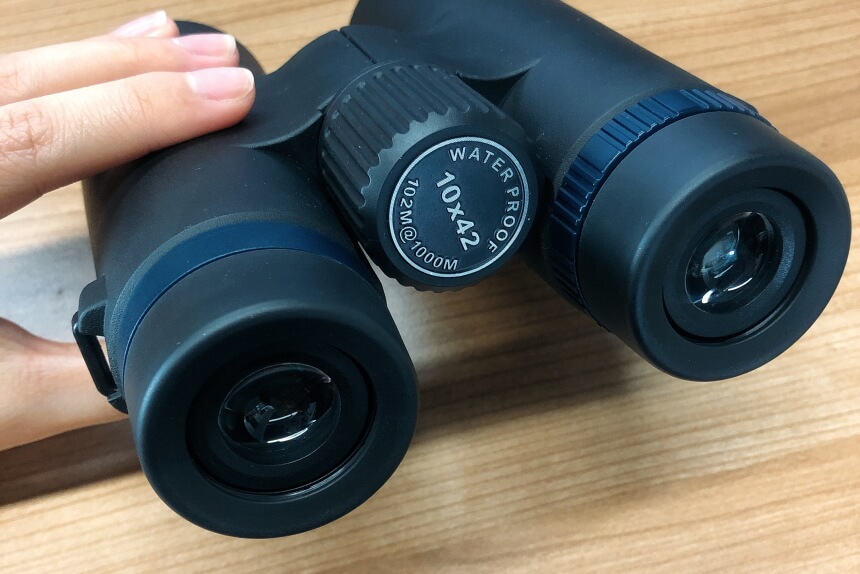 The 10×42 is extremely popular, and it isn’t just about it. Almost all 10x magnifying binoculars are extremely sellable as they offer great viewing. The Bushnell Legacy WP 10-22×50 is one of the best magnifying binoculars currently available in the market and is a favorite buy for the 10×42 option.
The 10×42 is extremely popular, and it isn’t just about it. Almost all 10x magnifying binoculars are extremely sellable as they offer great viewing. The Bushnell Legacy WP 10-22×50 is one of the best magnifying binoculars currently available in the market and is a favorite buy for the 10×42 option.
The Leupold BX-1 McKenzie 10×42 is also another 10×42 binocular that has driven sales and will continue to do so. However, while the 10×42 is undoubtedly one of the best binoculars to get in recent time, it does not exactly floor the 8×42 as the sections below reveal.
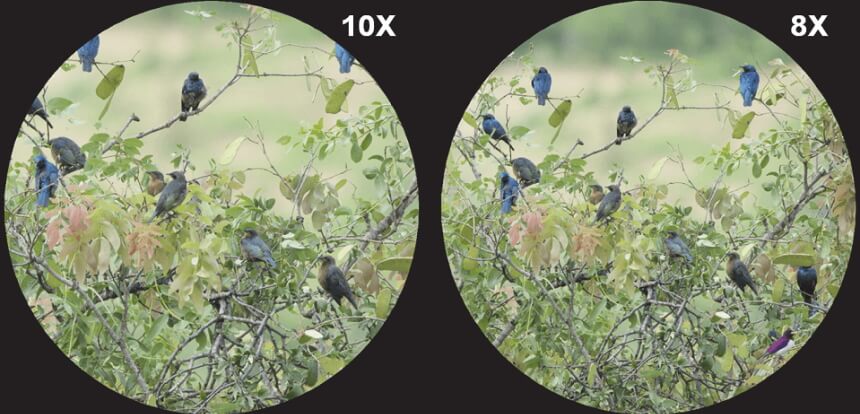
The 10×42 magnifying glass offers a better view as it allows users to see target objects far away. It magnifies objects by ten times the size your normal eyes would have been able to see and is a better option when aiming to view the details of an object. It also offers better stability because you really won’t need to magnify the size of the binoculars to see the details.
Another important consideration in the field of view and has already been stated above. The 8×42 is the best option if you want a better assessment of the surroundings of the target object. The 10×42 isn’t all that bad, though.
If you do not wear glasses, you would not need to worry about eye relief as you can see everything quite clearly. However, if you have issues with your eyes and support sight with glasses, the 10×42 may not be the best option. The eye relief option is extremely important if you wear glasses, and it is essential that you get binoculars suited for your situation to get the best result.
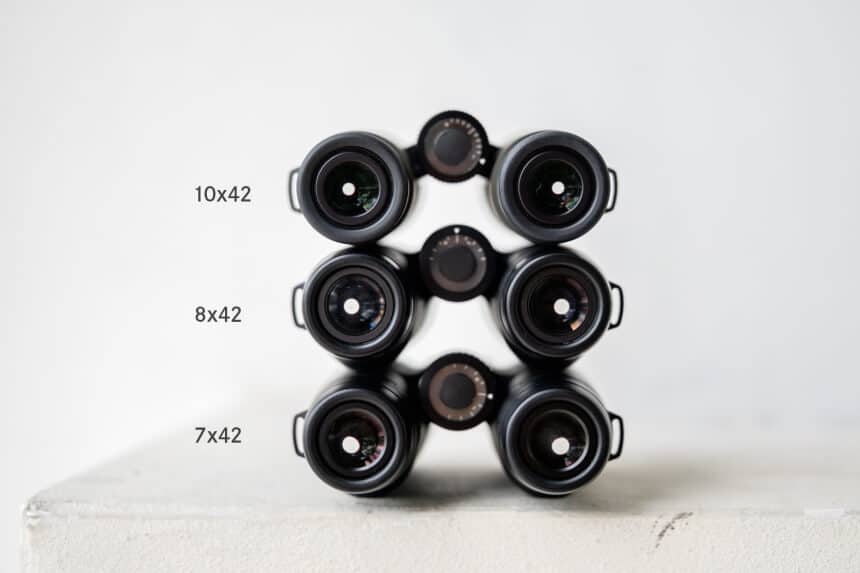
As already stated in the 8×42 section, the twilight condition of the 10×42 can be obtained by dividing the lens diameter of 42m by the magnifying size of 10m to give an exit pupil of 4.2m. The 10×42 exit pupil is significantly smaller than the 8×42 by 1.1m. During daylight, the difference in exit pupil will not matter under daylight conditions. But in low light, performances of the 10×42 are much limited compared to the 8×42.
You have to ensure that you consider the twilight factor and importance when getting any of the 8×42 or the 10×42.
This section highlights the pros and cons of the 10×42.
Pros
Cons
While the 8×42 V 10X42 debate is popular, the reason for these endless comparisons is not farfetched as both binoculars offer great functionality that leaves opinions constantly divided and leave intending buyers confused on the one to go for. However, this doesn’t have to be the case as this article has carefully analyzed all the features, benefits, and limitations of the 8×42 binocular and the 10×42 binocular to give users a real understanding of which set to go for.
The advantage of one over the other is highly dependent on the situation in which a user may need them and not exactly a limitation in performance. Both Binoculars are undoubtedly similar in many respects, including size, weight, and use. However, their difference is also significant such that some users may find one extremely beneficial than the other. All intending buyers need to compare the two and the purpose they are to serve before making a purchase.
